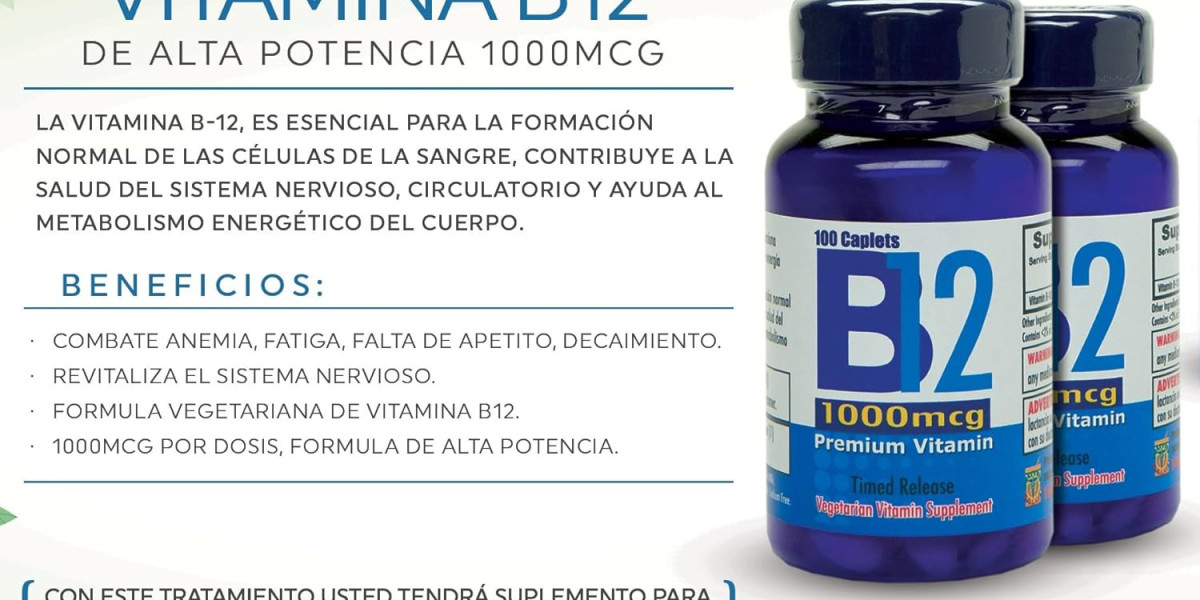Search
Popular Posts
-
 Вы хотите заказать по комфортной цене диплом, либо аттестат?
By sonnick84
Вы хотите заказать по комфортной цене диплом, либо аттестат?
By sonnick84 -
 Bet Your Bottom Dollar: The Ultimate Guide to Sports Gambling Sites
Bet Your Bottom Dollar: The Ultimate Guide to Sports Gambling Sites
-
 Unveiling the World of Casino Sites
Unveiling the World of Casino Sites
-
 The Top Reasons People Succeed In The Tall Fridge Industry
By frydge9406
The Top Reasons People Succeed In The Tall Fridge Industry
By frydge9406 -
 Станьте востребованным специалистом с дипломом
By sonnick84
Станьте востребованным специалистом с дипломом
By sonnick84


